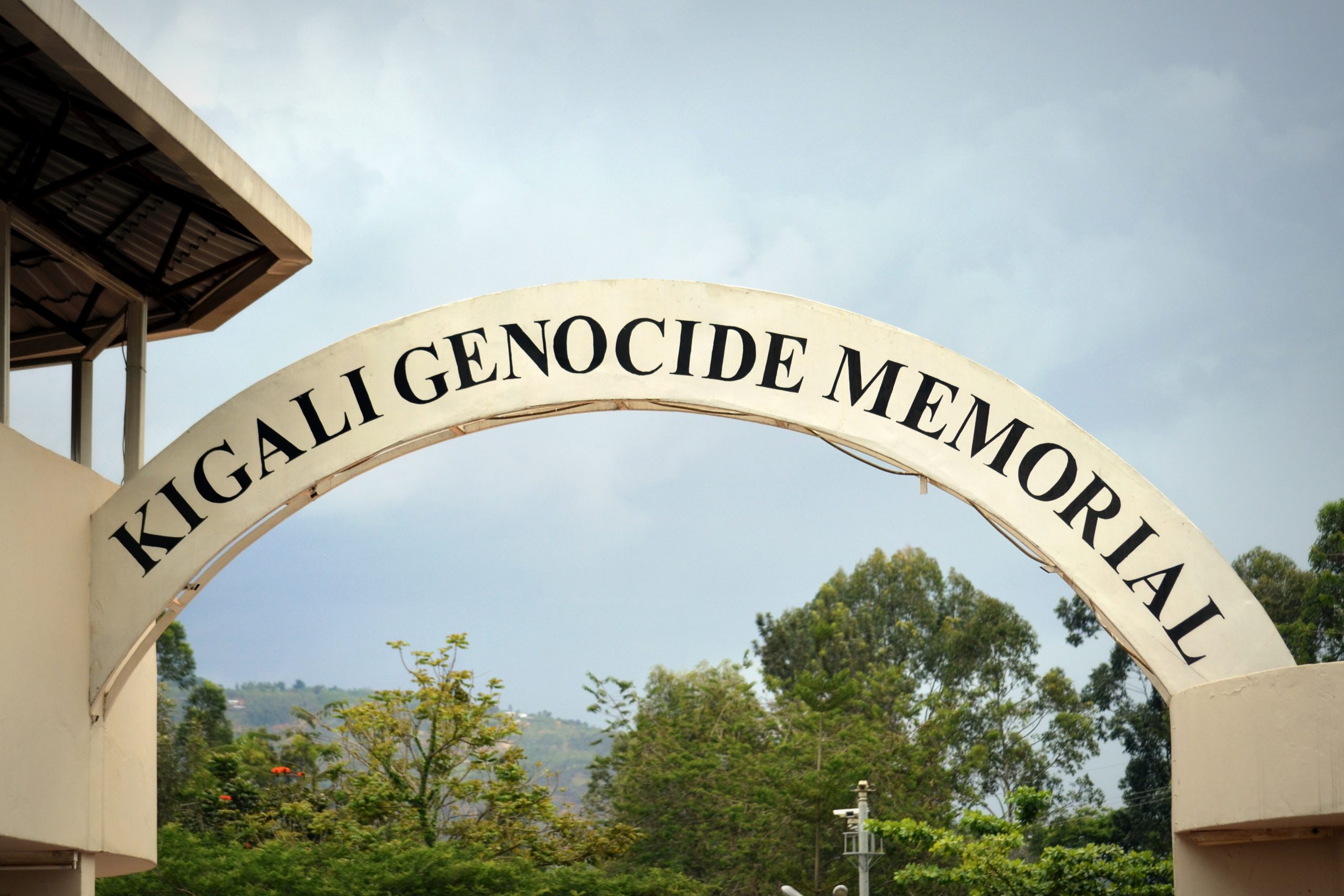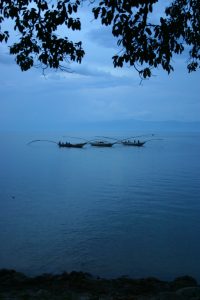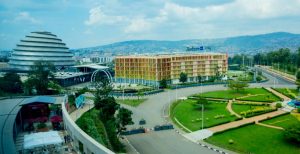Are children allowed in Kigali Genocide memorial?
No, visitors under the age of twelve are not allowed to enter the Kigali Genocide Memorial. Since the monument is an only site for learning and memory, it is advised that visitors be of a specific age to properly understand its meaning. Are children allowed in Kigali Genocide memorial?
250,000 victims of the Genocide against the Tutsi will find their final resting place at the Memorial. We kindly ask that you dress decently. Visits by children under the age of twelve are prohibited.
How much does it cost to go to the Kigali genocide museum?
The Memorial offers free admission, but to make your visit more enjoyable. We offer you the following, An audio tour that will present you with a more thorough and in-depth explanation of each stop within the Memorial.
What took place at the Genocide Memorial in Kigali?
Moving tributes to the 1994 Genocide against the Tutsi and the victims may be seen all around the nation in the memorials. With its 2004 opening, the Kigali Genocide Memorial in Gisozi serves as the last resting place for almost 250,000 Tutsi Genocide victims.
How many people are buried at the Kigali Genocide Memorial?
The Kigali Genocide Memorial was constructed in Rwanda’s capital on the site of. The burial of about 250,000 victims of the Genocide against the Tutsi. It is a site of learning and remembrance that welcomes tens of thousands of visitors annually. Including international politicians and celebrities as well as Rwandan schoolchildren.
What is the flame of remembrance in Rwanda?
The 1994 Rwandan Genocide against the Tutsi, in which over a million people. Mostly Tutsis but also Hutus and others who opposed the genocide. Were methodically murdered after years of hate, misinformation. And disinformation, is symbolized by the Kwibuka flame.
How has Rwanda’s economy fared after the genocide?
The gross domestic product fell in three of the five years of the civil war that ended in the 1994 genocide, with a sharp drop of almost 40% in 1994. The first war year, 1995, had a 9% growth in real growth domestic product, indicating a recovery in economic activity.
What are the museum rules?
Avoid touching artwork. Although it might not seem like much, even a small touch can corrode metal, discolour stone, and harm a painting’s surface.
You should keep a safe distance from every piece of art. By doing this, unintentional contact or bumping is less likely.
Just pencils are needed. Pen marks are more difficult to erase than pencil marks in the event of an accident. Staff members who work in visitor services and security are pleased to provide you a pencil if you want to write or sketch while you’re at the museum. Artwork may be endangered if you point with your pencil or other things.
Do not rest on cases or walls. In this way, artwork that is shown in cases or placed on walls is kept secure. As you converse, write, or draw, feel free to take a seat on the benches or the floor.
It is forbidden to eat, drink, or chew gum in the galleries. The museum’s artwork will be both a visual feast and a lot of fuel for contemplation!
Coats: Although visitors are permitted to wear coats within the museum, they must always stay on and never be carried in order to protect the artwork. You can also leave coats in the coat room.
The museum prohibits roughhousing, shoving, and running. It’s important to act appropriately at museums to prevent unintentionally running into and destroying artwork.
Photography: For private use only, visitors are permitted to take pictures or record videos of artwork held by the Hood Museum of Art Please don’t flash. Please note that sometimes a label next to an artwork or at the entry to an exhibition will have the phrase “no photography” to signal that photography is not allowed for that piece or show.
Why book with Abunda discoveries for a tour to Rwanda?
Discovery of Abunda Uganda is a popular destination for Rwanda tours because of their expertise in integrated wildlife, primate safaris and gorilla trekking in Volcanoes National Park. They guarantee a seamless and unforgettable trip with their personalized itineraries, and their guides are well-versed in the history and customs of both Rwanda and Uganda.




